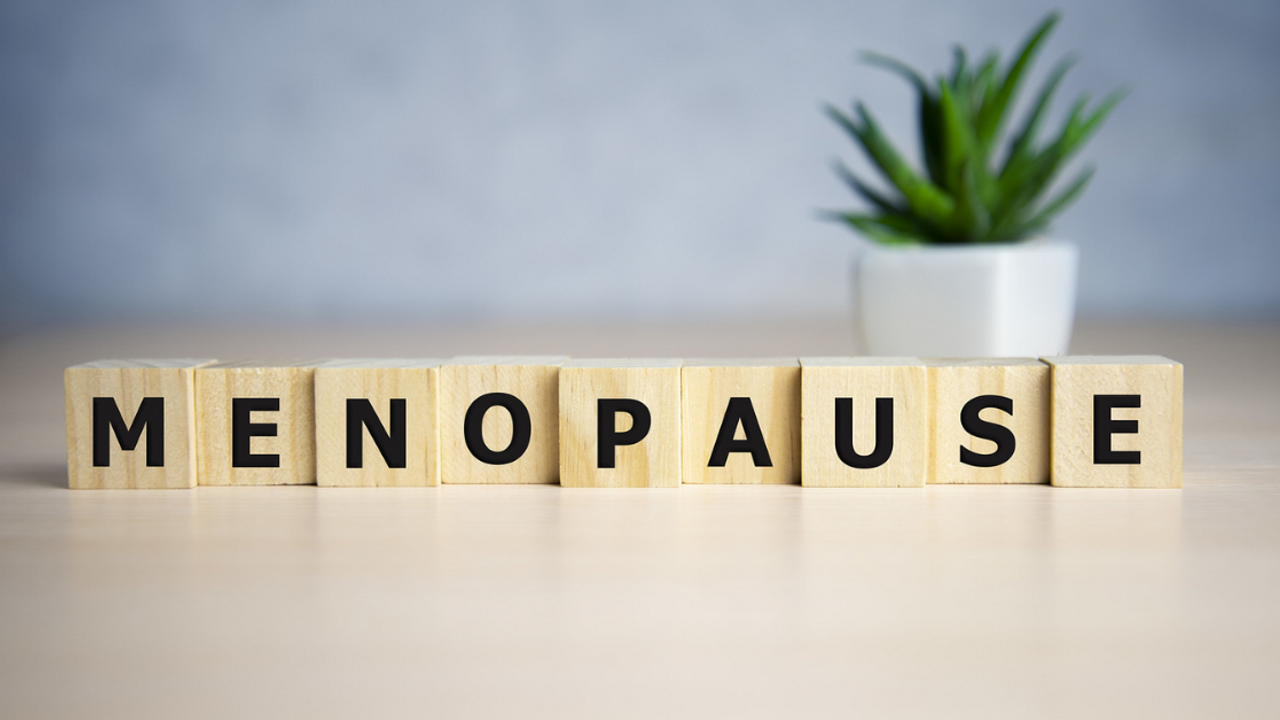What Is Menopause
Feb 13, 2020
We’ve all heard about menopause, but what really is it? When does it start? How long does it last? How will I know if I’m in menopause? What are the symptoms? Does everyone have the same symptoms? These are just a few of the many common questions that I’m asked on a regular basis. This natural phase in every woman’s life is still a big mystery surrounded by misinformation, confusion, and yes, quite a bit of secrecy. In the next few installments of this series, I will address hormone replacement therapy, alternative therapies, the role of nutrition & physical activity, and any questions you may have.
Menopause has morphed from an experience that only a small percentage of women lived through to a natural part of every woman’s life today. At the turn of the 20th century, women were not expected to live past 50. Now, life expectancy for women is 78 years of age. If you’re a woman in your 20’s or 30’s, you might ask yourself: why should I care? I’m way too young for this. Well, I hate to be the bearer of truth but the reality is that you will eventually go through it; so you might as well be educated.
The fact is that 75% of all women will experience hot flashes, night sweats, insomnia, weight gain, and irritability. Menopause symptoms can be debilitating for many women, often appearing before they realize hormonal changes have begun to take place. Women don’t expect to experience these symptoms in their mid-thirties, but it happens all the time. Yet, an alarming number of women still think they don’t have to “worry” about menopause until their 50s. Don’t wait! Educate yourself early on. So let’s start with the basics:
The Menopausal Transition Defined
The average age of natural menopause is 52, with some women entering menopause in their early 40s and as late as their 50s. Several stages characterize the menopausal transition, and while all stages are distinctly different, they are often lumped together as one: menopause. This can often create confusion. The stages of menopause are:
(1) Premenopause: the time when menstruation is normal.
(2) Perimenopause: the time when menstruation becomes more infrequent. Contrary to popular belief, perimenopause does not necessarily begin when menses become more irregular or less frequent, but indeed begins in middle-aged women with a regular period. Therefore women often do not realize that they are in perimenopause and are confused by symptoms they do not know how to explain.
(3) Menopause: the point when a woman ceases to have a period and has gone 12 months without a period.
(4) Postmenopause: includes all of the time after menopause. Menopause symptoms may still continue for several years.
The most common hormone used for the determination of perimenopause is the Follicle Stimulating Hormone (FSH), with levels greater than 25 IU/L indicating a decline in ovarian function and beginning of perimenopause. As estrogen drops, FSH climbs to kickstart the follicle cycle and make up for the lack of estrogen.
As you will soon find out, I love creating charts and spreadsheets, so here’s the first one. I’ve created an easy-to-read and hopefully just as an easy-to-understand overview of the menopausal transition.

Have a comment or question? Leave me a note. Please share this with all the women you think might want/need the information.

Note: For a more detailed breakdown of the adult female reproductive life, the most recent Stages of Reproductive Ages Workshop (STRAW) is a great resource (Harlow, et al., 2012). It provides guidance on the different stages, their lengths, characteristics, and signs. Although there is no exact test to determine perimenopause, STRAW also provides guidelines for hormone levels that play a role in determining the stages in the menopausal transition.


